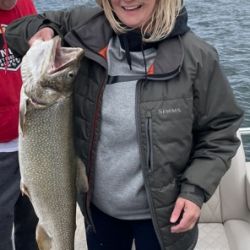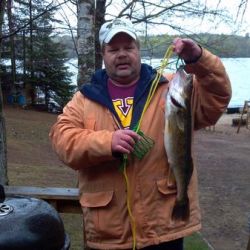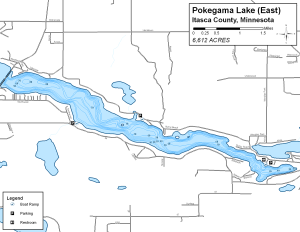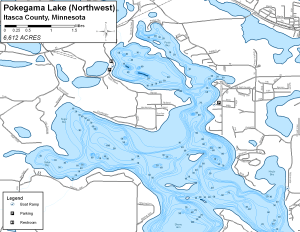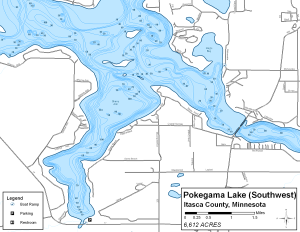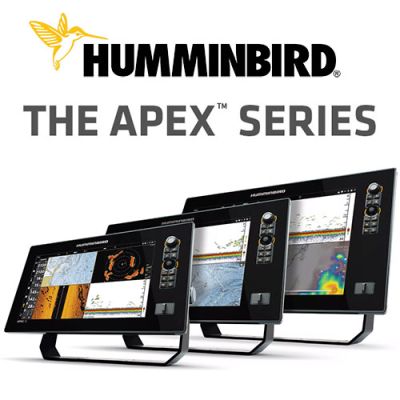Today's Best Fishing Times
Get the best fishing times for Pokegama Lake with Lake-Link's Fishing Forecast. SEE MORE
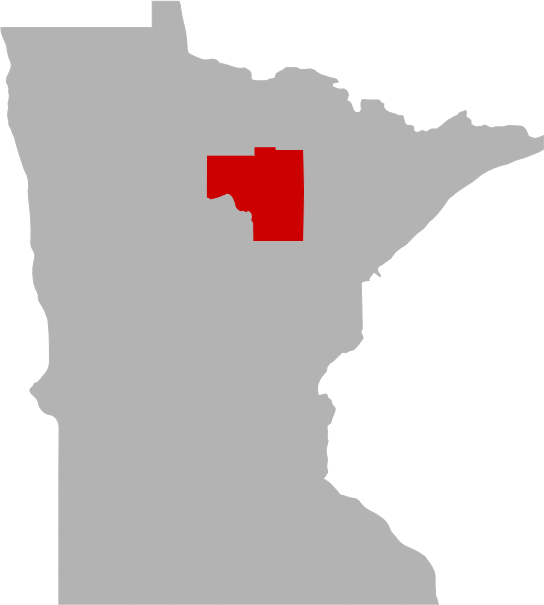
Pokegama Lake is a popular destination for fishing, boating, and water sports. Common fish species found in Pokegama Lake include walleye, northern pike, smallmouth bass, and muskie. The lake is also home to several public access points, including several boat launches and fishing piers.
The surrounding area offers several parks, beaches, and hiking trails. Pokegama Lake is home to several beaches, including Sugar Sand Beach and Tioga Beach, which offer swimming and sunbathing. The Chippewa National Forest is located to the north of the lake, providing opportunities for camping, hiking, and wildlife viewing.
The city of Grand Rapids, which is located on the northern shore of the lake, offers several dining and shopping options, as well as several cultural attractions, such as the Judy Garland Museum and the Reif Performing Arts Center.
Share your catch!
We want to see what you've caught on Pokegama Lake.Frequently Asked Questions About Pokegama Lake, MN
- How big is Pokegama Lake?
- How deep is Pokegama Lake?
- What kind of fish can you catch in Pokegama Lake?
- Are there places to stay in the Pokegama Lake area?
- Are there topographical lake maps available Pokegama Lake?
- Are there boat launches on Pokegama Lake?
- Are there places to eat and drink near Pokegama Lake?
- What are the fishing regulations for Pokegama Lake?
- What is the average air temp for Pokegama Lake?
- Are there any state parks near Pokegama Lake?
How big is Pokegama Lake?
How deep is Pokegama Lake?
What kind of fish can you catch in Pokegama Lake?
Other fish species in the lake include Cisco (Tullibee), Common Shiner, Golden Redhorse, Golden Shiner, Green Sunfish, Hybrid Sunfish, Johnny Darter, Lake Whitefish, Mimic Shiner, Rainbow Smelt, Shorthead Redhorse, Silver Redhorse, Spottail Shiner and White Sucker.
Are there places to stay in the Pokegama Lake area?
More Lodging Options
Are there topographical lake maps available Pokegama Lake?
Are there boat launches on Pokegama Lake?
Are there places to eat and drink near Pokegama Lake?
What are the fishing regulations for Pokegama Lake?
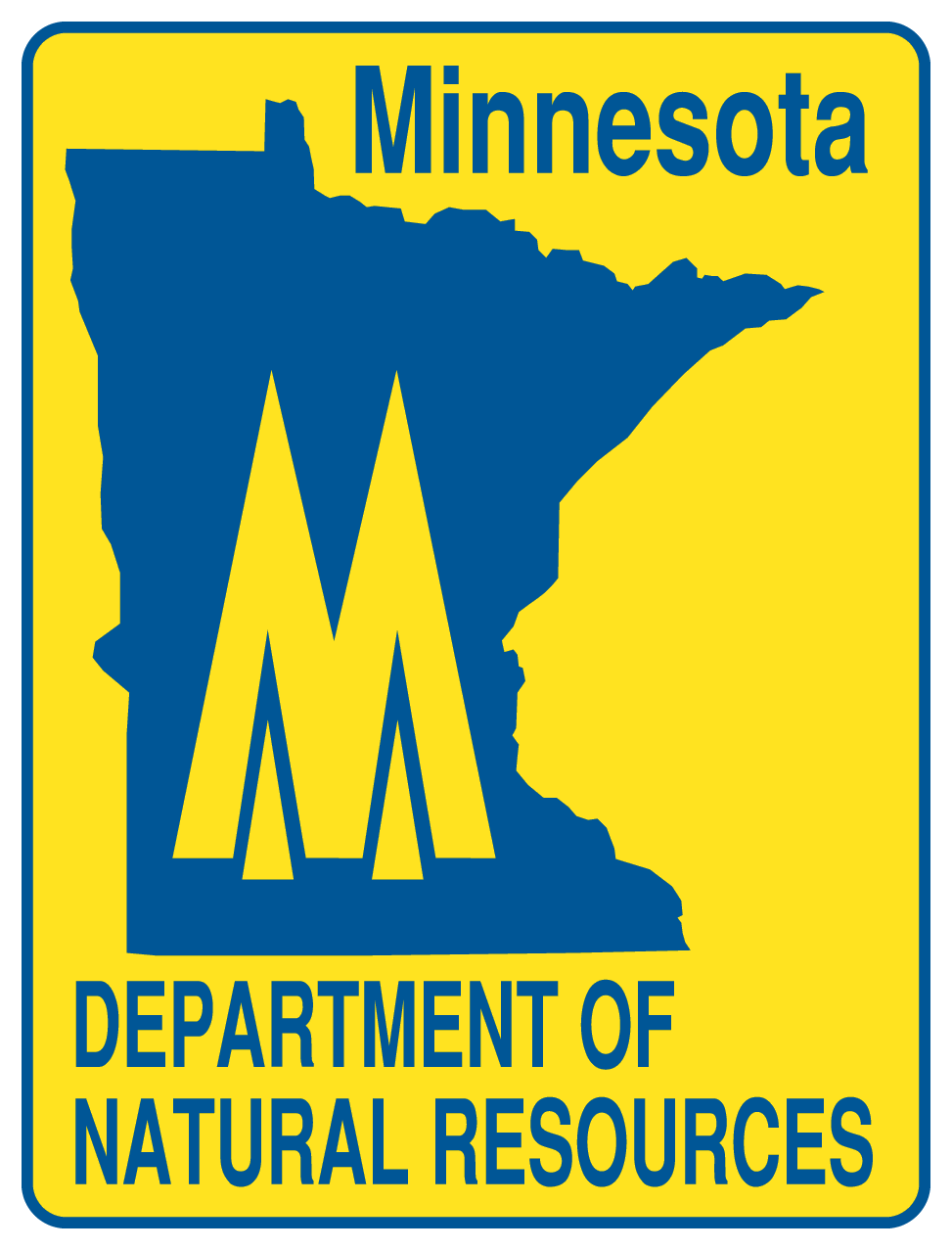 There are specific fishing regulations Pokegama Lake that you need to know. For complete fishing regulations visit the Minnesota Department of Natural Resources. To report a violation call (800) 652-9093. Need a Minnesota fishing license?
There are specific fishing regulations Pokegama Lake that you need to know. For complete fishing regulations visit the Minnesota Department of Natural Resources. To report a violation call (800) 652-9093. Need a Minnesota fishing license?
Explore the Pokegama Lake area in a RV
Are you looking for an adventurous vacation option that won't break the bank? Look no further than renting an RV! Contrary to popular belief, the process is much simpler than you might imagine. With just a few easy steps, you'll soon be experiencing the ultimate freedom and convenience of exploring the open road in your very own recreational vehicle. And the best part? RV travel can save you up to 60% compared to other types of vacations! With the money you'll save, you'll be able to travel even more and create unforgettable memories along the way. So why wait? Start planning your next adventure today with an RV rental. Learn more about renting a RV.
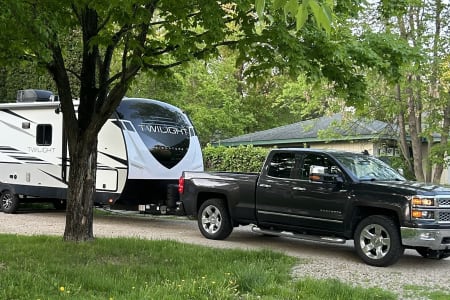
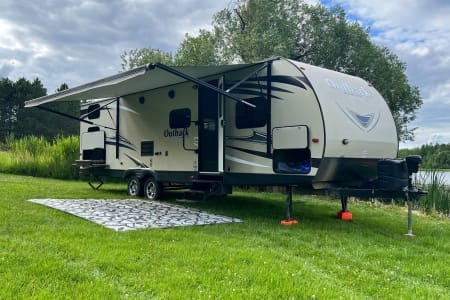
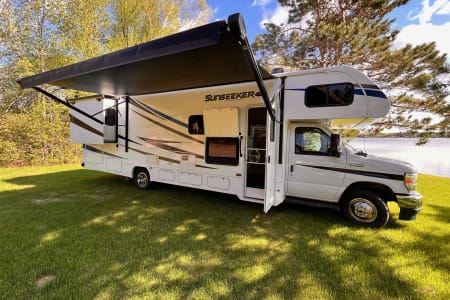
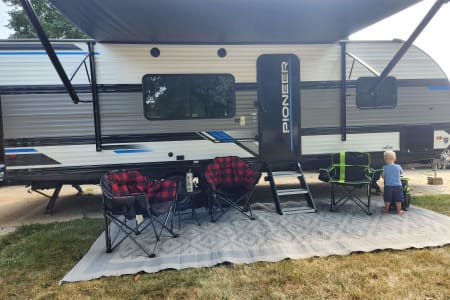
What aquatic invasive species are found in Pokegama Lake?
Join us in the fight to prevent the spread of invasive species These sneaky creatures can hitch a ride on boats, clinging onto propellers, anchor lines, and trailers. They can even survive in hidden places like bilge water and ballast tanks, or disguise themselves in dirt and sand that sticks to nets, buckets, anchors, and waders. But don't worry, we have the power to stop them in their tracks with just a few simple steps. So let's do our part and protect our waters from these unwanted invaders.
History & Status of the Fishery
Pokegama Lake is located next to Grand Rapids, Minnesota. The lake has seven public accesses and is highly developed. The 2011 lake management plan (LMP) indicates Walleye, Muskellunge and Northern Pike as the primary species of management with Largemouth Bass and Smallmouth Bass as secondary species. The LMP goals include maintaining the Walleye gill-net catch greater than 8.0/net; reduce the Northern Pike gill-net catch to 5.0/net with 50% of the fish exceeding 21 inches and having 34 plus inch fish present; maintain Largemouth Bass and Smallmouth Bass electrofishing catch rates at 35 and 15 per hour; and provide Muskellunge fishing opportunities.
A standard survey was conducted in July of 2015 to assess the fish community. A total of 15 gill nets and 15 trap nets were used in the survey as well as spring night electrofishing for Largemouth and Smallmouth Bass. Catch rates were likely lower than normal during the week of netting because of the extreme wind that even rolled some gill nets.
Walleye catch rates have fluctuated from 1.6 to 10.8 fish/gill net since 1949. The Walleye gill-net catch declined from 8.2 fish/net in 2010 to 4.7 fish/net in 2015. The catch fell short of the ambitious management goal of 8.0 fish/net but was within the normal range for the lake class. The sampled fish ranged from 7.8 to 28.7 inches and averaged 17.4 inches.
Past evaluations determined Walleye natural reproduction was sporadic in Pokegama Lake. It appears that large, deep lakes do not warm fast enough to produce sufficient food for fry to survive. Walleye fingerlings can often be an effective management tool in these types of lakes where fry and natural reproduction have not been successful. The 2015 survey evaluated a period in which Walleye were stocked annually since 2004. Twelve age-classes from age 1 to 12 were identified. Walleye averaged 16.4 inches after four years of growth, which was similar to the statewide averages.
Muskellunge are not sampled well with standard summer surveys because they exist in very low numbers. Spring surveys are used to evaluate adult Muskellunge populations because the fish concentrate in the shallows for spawning. Spring surveys have not been used to sample Muskellunge on Pokegama Lake yet because the population is still developing.
Northern Pike gill-net catch rates have ranged from 4.1 to 10.6 fish/net since 1949. The catch rates have been increasing and the last two were the highest on record. The catch was 9.8 fish/gill net in 2015. The catch did not meet the LMP goal but the size structure goals were minimally met. Northern Pike ranged from 9.8 to 38.8 inches and averaged 21.6 inches. Nine age-classes were identified with fish from age 1 to age 9 present. Three and four year old fish represented 60% of the sample. Growth was similar to or better than statewide averages for all ages. Northern Pike averaged 23.7 inches after four years of growth. The Northern Pike population shows some signs of quality overharvest because of the increasing catch rates and the low number of fish over 24 inches in the size distribution.
Largemouth Bass were sampled with spring night electrofishing for the fifth time since 1995. Electrofishing catches have ranged from 3.7 to 55.6/hr. In 2015, the catch was 32.4/hr which achieved the LMP goal. The sampled fish ranged from 5.6 to 19.2 inches and averaged 12.0 inches. Nine age-classes were identified from scales with fish from age 2 to 10 present. Two to four year old fish represented 67% of the sample. Growth was similar to statewide averages for all ages.
Smallmouth Bass were also sampled with spring night electrofishing in 2015. The LMP goal was achieved with a catch of 18.0 fish/hr on-time. The sampled fish ranged from 7.3 to 18.7 inches and averaged 13.2 inches. Five age-classes were identified with fish from age 3 to age 9 were present. Growth was similar to the statewide average through age 4 and slower for older fish.
Black Crappie are often difficult to sample during summer surveys because they frequently suspend in areas where the nets do not fish. Consequently, catch rates have always been low and likely do not reflect the population well. The gill net and trap net sampled fish ranged from 4.2 to 14.2 inches. Age and growth information was not collected during the summer survey.
Bluegill catch rates have been trending up since 1975 when only 0.5 fish/trap net were captured. The highest catch (31.1 fish/trap net) occurred in 2010. In 2015, the catch was 17.8 fish/trap net. The sampled fish ranged from 3.0 to 8.4 inches and averaged 5.2 inches. Age and growth information was not collected during the summer survey.
Tullibees are difficult to sample with our standard summer nets because they frequently school in the open water where our nets are not effective. Catch rates on Pokegama Lake have ranged from 0 to 8.2 fish/gill net but have not been above 0.5/gill since 1984. The lower catches in recent surveys correspond to the illegal introduction and expansion of Rainbow Smelt before 1984. Rainbow Smelt have been documented to have a negative effect on Tullibee populations. The catch of 0.1 in 2015 was low for lakes like Pokegama. The two sampled fish were 19.3 and 20.0 inches. Some Tullibee were noted in Walleye stomachs.
Yellow Perch catch rates have fluctuated from 4.8 to 43.7 fish/gill net since 1949. The 2015 catch was the lowest on record. The Rainbow Smelt die-off during the summer of 2011 likely shifted additional predation towards Yellow Perch. It appears the additional predation reduced Yellow Perch recruitment, resulting in the lower catches. Yellow Perch numbers may already be improving based on the fall small-mesh gill-net catches in 2015. The Yellow Perch during the summer ranged from 5.2 to 10.9 inches and averaged 6.8 inches.
Other species observed during the survey included Bowfin, Hybrid Sunfish, Pumpkinseed Sunfish, Rainbow Smelt, Rock Bass, Silver Redhorse, White Sucker, and Yellow Bullhead.
In order to maintain or improve fish and wildlife populations, water quality and habitat must be protected. People often associate water quality problems with large-scale agricultural, forestry, urban development or industrial practices in the watershed. In reality, the impact of land use decisions on one lake lot may be relatively small, yet the cumulative impact of those decisions on many lake lots can result in a significant decline in water quality and habitat. For example, removing shoreline and aquatic vegetation, fertilizing lawns, mowing to the water's edge, installing beach sand blankets, failing septic systems and uncontrolled run-off, all contribute excess nutrients and sediment which degrade water quality and habitat. Understanding these cumulative impacts and taking steps to avoid or minimize them will help to insure our quality fisheries can be enjoyed by future generations.
What is the average air temp for Pokegama Lake?
Are there any state parks near Pokegama Lake?
For more Minnesota State Park information see our State Park Guide.
Pokegama Lake Reviews
Below is the word on street about Pokegama Lake.Have you been to Pokegama Lake? Why not share your personal reveiw with others?
Submit Review
larry b.

tom n.

More Nearby Lakes To Explore
There's more lake's to explore around Pokegama Lake...| DISTANCE | ACRES | MAX DEPTH | |
| Horseshoe Lake | 1.9 mi | 142 | 11 ft |
| Cavanaugh Lake | 2.9 mi | 55 | 48 ft |
| Little Cavanaugh Lake | 3.3 mi | 24 | 27 ft |
| Blandin Lake | 3.7 mi | 490 | 38 ft |
| Forest Lake | 3.9 mi | 37 | 31 ft |
| Little Jay Gould Lake | 4.1 mi | 150 | 56 ft |
| Long Lake | 4.2 mi | 134 | 85 ft |
| Hale Lake | 4.4 mi | 130 | 60 ft |
| Loon Lake | 4.4 mi | 231 | 69 ft |
| Ice Lake | 4.7 mi | 39 | 53 ft |


 (2)
(2)
